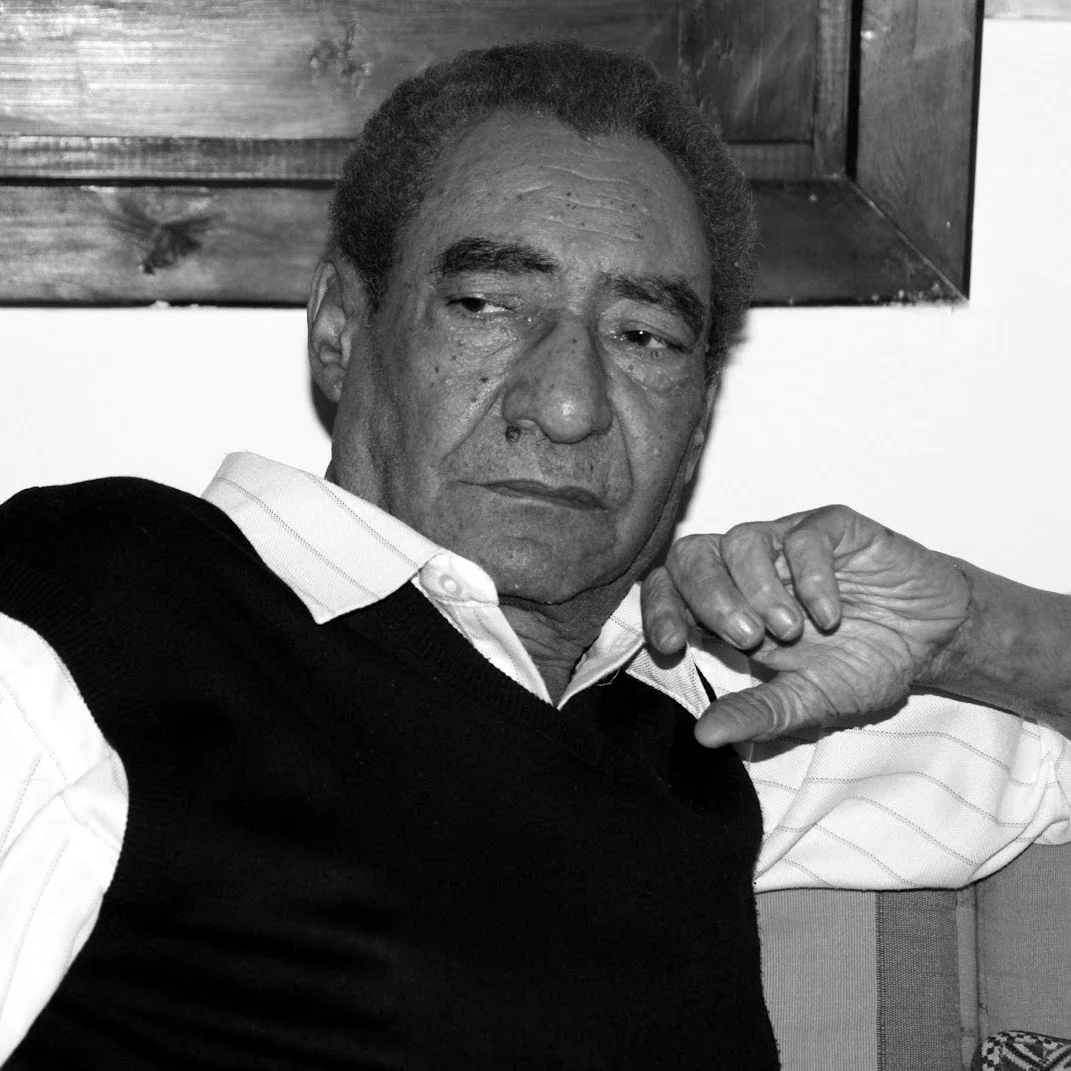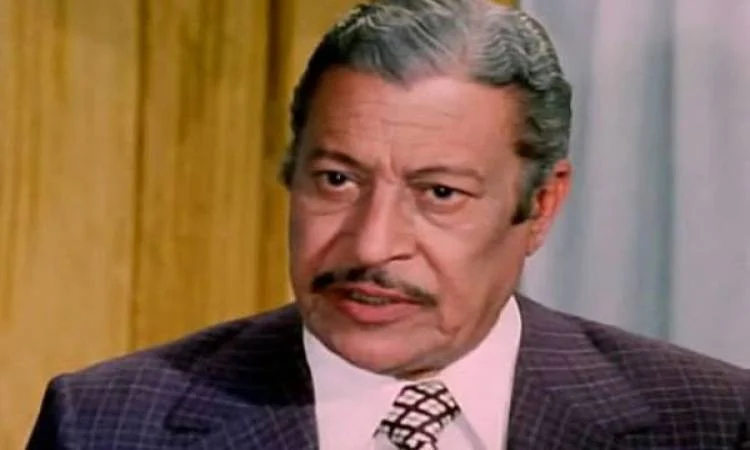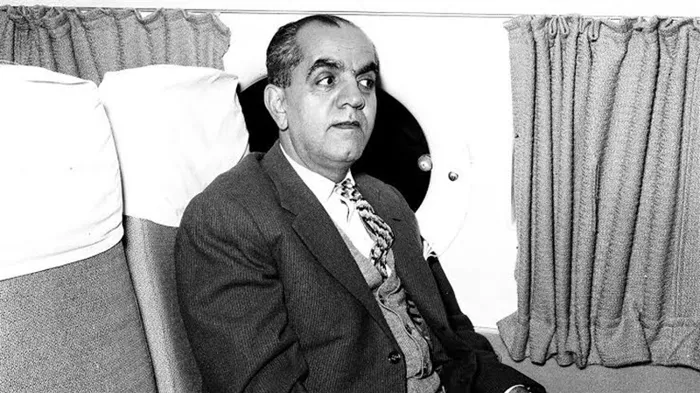The Lived Here Project: The Artistic Legends Who Lived in Mohandessin
El Mohandessin The Lived Here Project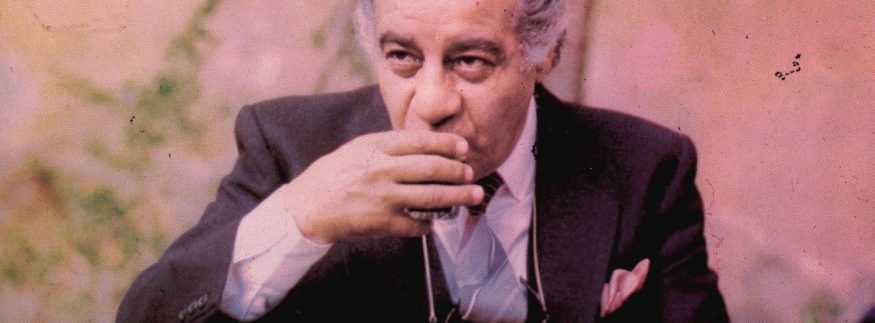
Sarah Francis
Mohandessin, a district synonymous with modernity and elegance, has long been a hub for some of Egypt’s most celebrated artistic figures. Through the Lived Here initiative by the National Organization for Urban Harmony, the residences of these luminaries are adorned with plaques that honour their remarkable contributions to Egyptian culture. Each plaque serves as a gateway to a rich digital archive, offering passersby an immersive journey into the lives and works of these cultural icons.
In this third article of the Lived Here series, Cairo 360 navigates the artistic legacy of Mohandessin. We celebrate the lives of Abdelrahman El-Abnoudy, Amin El-Heneidi, Fayrouz, Emad Hamdy, and Mohamed Abdel Moteleb—icons whose homes in this vibrant district became the backdrop for their enduring contributions to literature, music, cinema, and theatre.
Abdelrahman El-Abnoudy (1938 – 2015)
Abdelrahman El-Abnoudy, born on April 11, 1938, in the village of Abnoud, Qena Governorate, was a celebrated Egyptian poet and lyricist whose works deeply resonated with the struggles and spirit of Egypt. He lived at 40A Ibrahim El-Battih Street, Mohandessin, Giza, a home that symbolized his connection to the cultural heart of the nation. Known for his folk-inspired style, El-Abnoudy gained fame with iconic works like Joabat Haraji El-Qatt, reflecting the lives of High Dam workers, and timeless songs such as Ady El-Nahar and Ahlef Besmaha for Abdel Halim Hafez. His poetry collections, including El-Ard Wal-Eyal and El-Zahma, and contributions to cinema, like Shey’ Min El-Khouf, cemented his legacy as a voice for the people. Honoured with numerous awards, including the State Appreciation Award, his Mohandessin residence became a hub of creativity until his passing in 2015.
Amin El-Heneidi (1925 – 1986)

Amin El-Heneidi, born on October 24, 1925, was a beloved Egyptian actor and comedian known for his contributions to theatre, radio, and cinema. He lived at 11 Shehab Street, Mohandessin, Giza, a location tied to his prolific career in the arts. Initially studying at the Faculty of Arts and later Law, he ultimately graduated from the Higher Institute of Physical Education in Alexandria in 1949 and worked as a physical education teacher. El-Heneidi began acting on the stage of the Rihani Theater in 1939 and formed a theatrical troupe with Mohamed Ahmed El-Masry (Abu Lam’a) in Sudan in 1954. After returning to Cairo, he rose to fame through the iconic radio program Sa’a Le Qalbak alongside Abdel Moneim Madbouly. His work spans over 40 films, including El-Hadaq Yafham and Shabab Magnoun Gedan, and numerous theatrical hits like Shafika, Metwali, and Sedd El-Hanak. Known for his charm and humour, El-Heneidi’s home in Mohandessin was a testament to his enduring legacy in Egyptian entertainment.
Fayrouz (1943 – 2016)
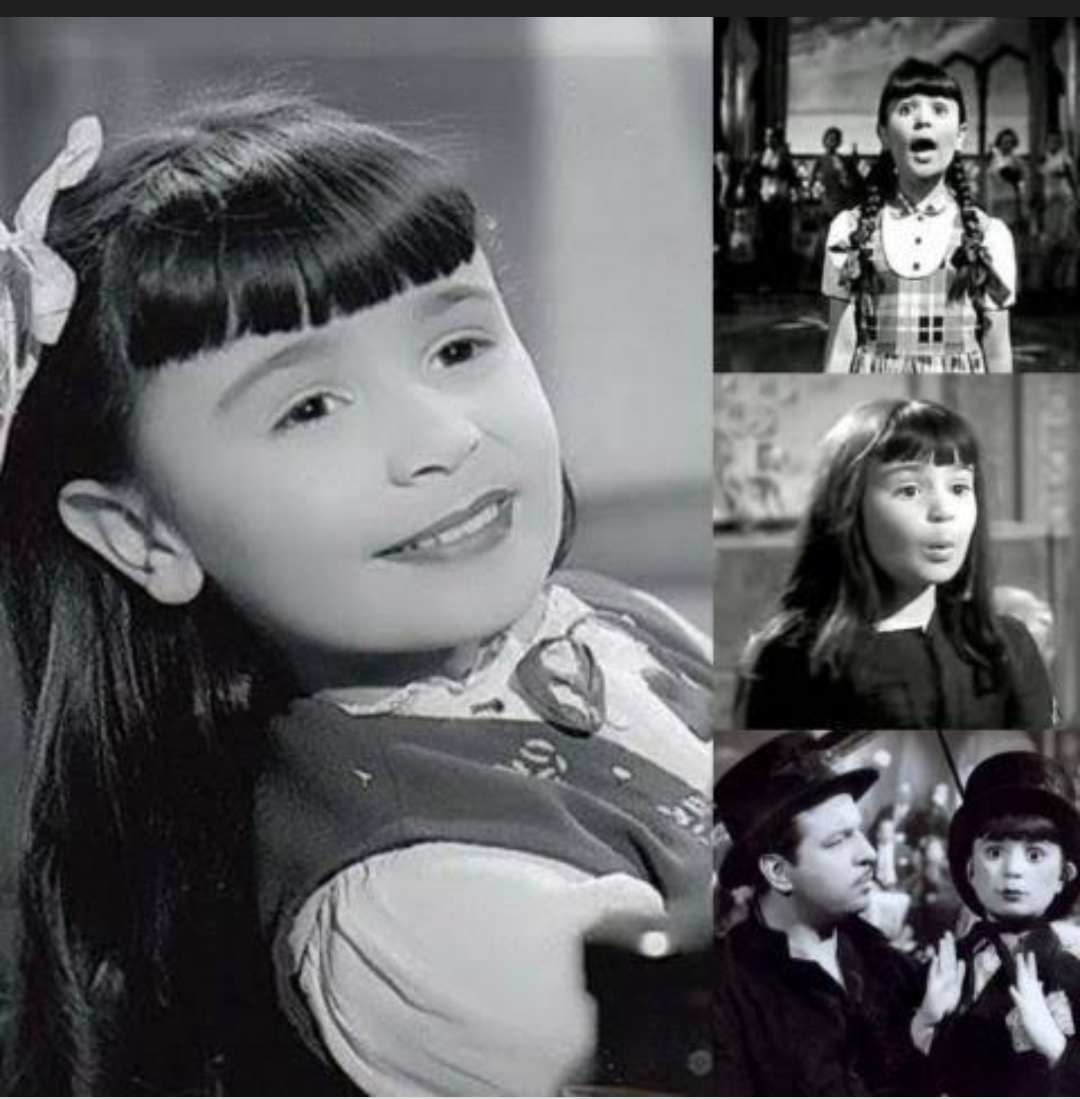
Fayrouz, born Perouz Artin Kalfayan on March 15, 1943, in Cairo to an Armenian family, was a beloved Egyptian child actress celebrated for her remarkable talent and charm. She lived at 35 Shehab Street, Mohandessin, Giza, a home tied to her legacy in Egyptian cinema. Discovered by the comedic actor Elias Moadab, her career began when she caught the attention of Anwar Wagdi, who signed her to a three-year exclusive contract from 1950 to 1953. Fayrouz shone in iconic films such as Yasmine, Fayrouz Hanem, and Dahab, captivating audiences with her youthful charisma. Transitioning out of her child roles, she starred in Asafeer El-Ganna and Befakker Felly Naseeni, her final film in 1959. Married to actor Badr El-Din Gamgoum, Fayrouz retired from acting early but remained a celebrated figure, honoured at the Cairo International Film Festival in 2001. She passed away in 2016, leaving behind a legacy of joy and talent cherished across generations.
Emad Hamdy (1909 – 1984)
Emad Hamdy, born on November 25, 1909, in Sohag Governorate, was a legendary Egyptian actor known for his versatility and profound impact on cinema. He lived at 31 El-Batal Ahmed Abdel Aziz Street, Mohandessin, Giza, a residence that reflected his esteemed status in the arts. Beginning his career as an accountant and production manager at Studio Misr in 1936, he transitioned to acting when director Gamal Madkour cast him in health awareness films. His breakout role came with Al-Souq Al-Souda in 1945, establishing him as a leading star. Hamdy’s cinematic legacy includes timeless films such as Tharthara Fawq Al-Nil, Miramar, Am El-Arusa, and Al-Mamalik, as well as Sawaq Al-Atobees. On television, he delivered memorable performances in series like Ailat El-Doughri and Abadan Lan Amoot. Known for his distinctive screen presence and emotional depth, Imad Hamdy remained a cornerstone of Egyptian cinema until his passing on January 28, 1984. His home in Mohandessin stood as a testament to a life dedicated to the arts.
Mohamed Abdel Moteleb (1910 – 1980)
Mohamed Abdel Moteleb, born on August 13, 1910, in Shubra Khit, Beheira Governorate, was a renowned Egyptian singer celebrated for his unique voice and timeless songs. He lived at 208 Sudan Street, Mohandessin, Giza, a home that became closely associated with his illustrious career. Abdel Moteleb studied music under composer Dawood Hosni and began his singing career in Mohamed Abdel Wahab’s troupe, where he contributed to recording several tracks. His solo debut came at Badia Masabni’s cabaret and the Majestic Theater on Emad El-Din Street, where he first performed before an audience. His fame soared with hits like Btes’alini Bahebbik Leh and Ramadan Gana, which remain iconic to this day. Though he appeared in a few films, including producing and acting in El-Seit Wala El-Ghena and 5 Sharea El-Habayeb, his primary legacy lies in his extensive discography. Awarded the Order of the Republic in 1964, Abdel Moteleb’s residence in Mohandessin reflected a life dedicated to enriching Arabic music. He remains a beloved figure in the history of Egyptian songs.
recommended
 Cafés
Cafés
Bite Into the Croffle Craze: The Best 5 Spots to Try Croffles in Cairo
cafes cairo +2 City Life
City Life


